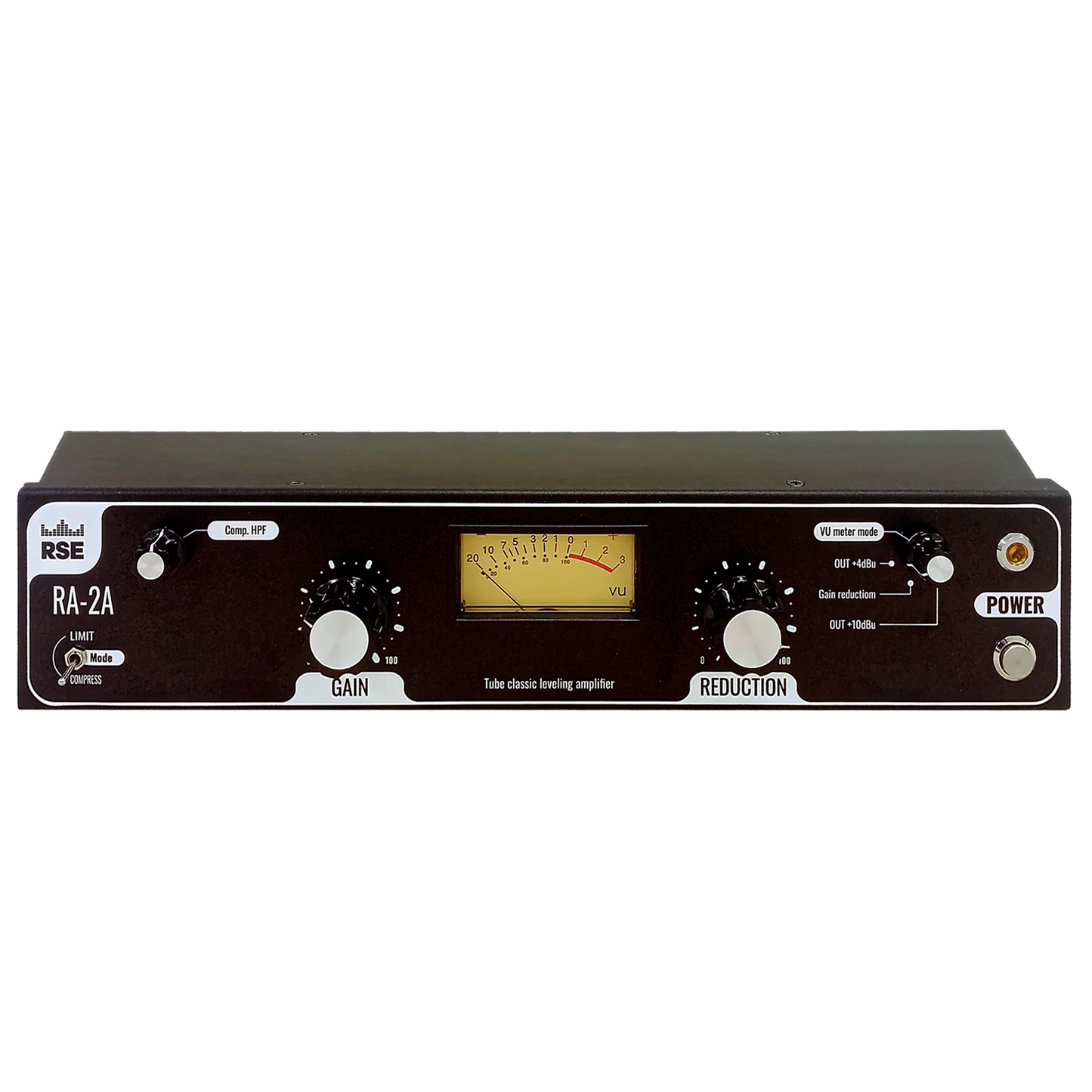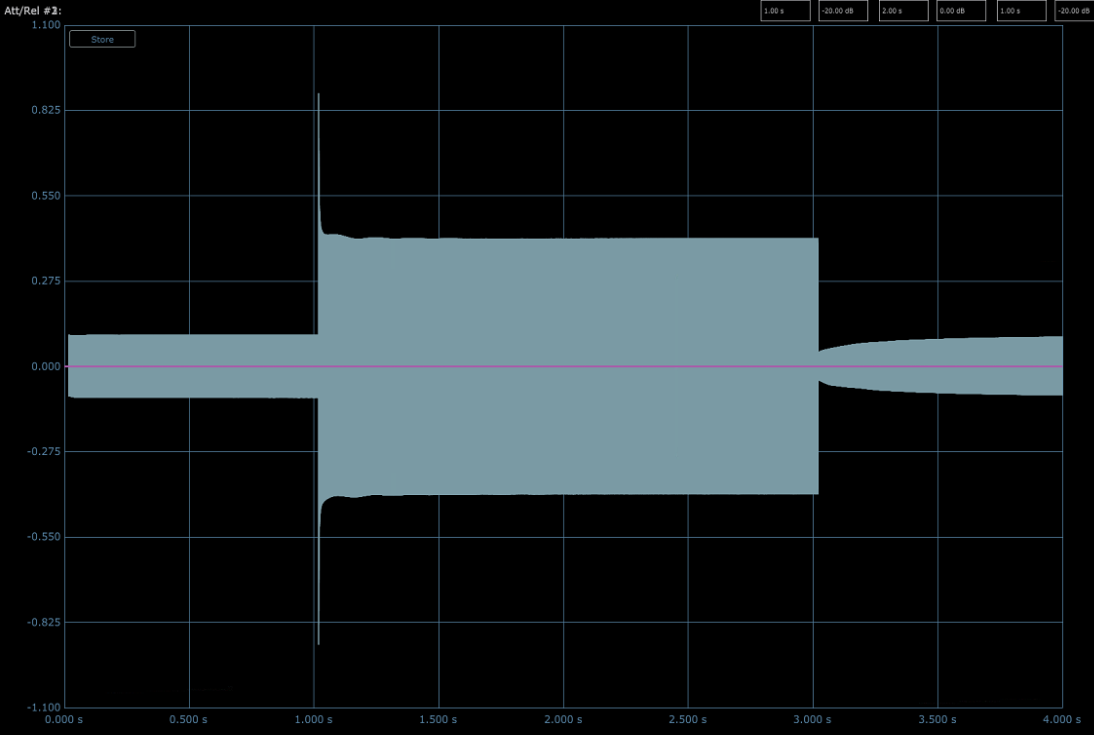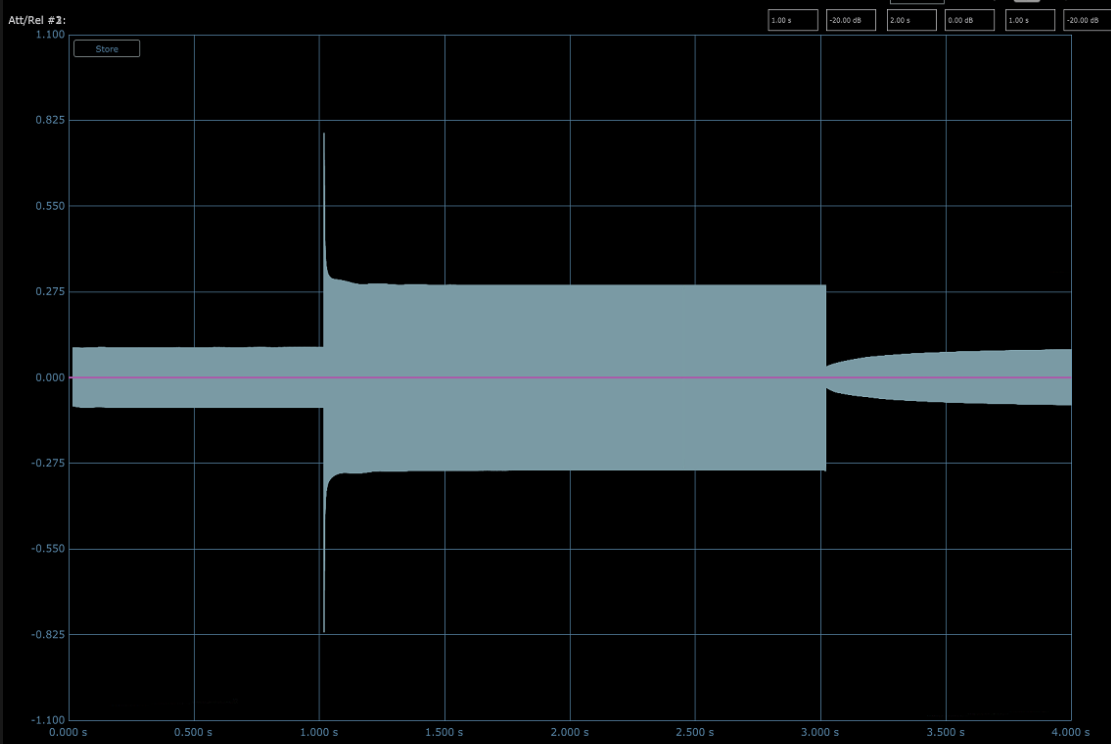RSE Audio
RA-2A Tube Opto Compressor
RA-2A Tube Opto Compressor
Couldn't load pickup availability
A modern take on the LA-2A sound for today’s studios
RA-2A keeps the musical, program dependent character engineers love and adds daily-use practicality: a confident low-impedance tube output, a custom opto cell, predictable controls, and a clean, full-range response. It is the kind of compressor you reach for first on vocals and bass, and then keep on the mix bus because it just works.
What it does best
-
Vocals: natural leveling that holds phrases together without pumping
-
Bass: solid and even low end with clear articulation
-
Guitars and keys: smooth presence with controlled peaks
-
Drum and mix bus: gentle glue in Compressor mode, confident peak control in Limit mode
-
Bass-heavy material: engage Comp. HPF to keep kick and sub from driving the compression
Why RA-2A
-
LA-2A inspired behavior with a modern control feel
-
Custom opto cell for a quick start to the release and a smooth, musical tail
-
Low-impedance, high-current tube output that drives long lines and transformer loads with authority
-
Two operating modes for everyday work: Compressor for leveling, Limit for firmer peak control
-
Comp. HPF sidechain filter to reduce low-frequency triggering and minimize pumping on bass-heavy sources
-
Full-range, studio-ready response across the mix
Controls
-
Peak Reduction
-
Gain
-
Compressor or Limit toggle
-
Comp. HPF sidechain high-pass filter
Technical specifications
-
Architecture
-
Fully tube audio path
-
All stages use 6N1P tubes or close equivalents
-
Output stage: low-impedance, high-current tube driver
-
Sidechain and detector: tube based
-
Custom opto cell with program dependent behavior
-
-
Sidechain equalization
-
Comp. HPF: high-pass filter in the detector path
-
Purpose: reduces low-frequency sensitivity so kick and sub do not dominate the gain reduction
-
Result: tighter low end, less pumping, more stable vocal and bus compression
-
-
Time constants (program dependent)
-
Attack: typically faster than 10 milliseconds
-
Release: two stage behavior
-
initial recovery about 0.2 to 0.3 seconds to roughly half of the gain reduction
-
long tail about 1 to 3 seconds to settle near zero
Notes: characterized around 10 dB of gain reduction. Actual values vary with material and settings.
-
-
-
Compression ratio
-
Compressor mode: approximately 3:1 to about 6:1 depending on program and Peak Reduction
-
Limit mode: greater than 10:1, program dependent, musical rather than brickwall
-
-
Frequency response
-
Working range from about 15 hertz to 20 kilohertz (+/-1.5dB)
-
50 hertz to 10 kilohertz (+/-0.5dB)
Notes: measured at typical studio levels into a standard line load.
-
-
Gain and headroom
-
Make-up gain range: up to about 15 dB
-
Intended for professional line level workflows
-
-
Connections and loading
-
Line level input and output
-
Recommended load: 600 ohms or higher
-
-
Mechanical and power
-
Mono 19" 2U unit
-
-
Measurement notes
- Time constants characterized around 10 dB of gain reduction
-
Frequency response taken at unity gain into a standard line load
Compatibility
-
Works with all professional line level interfaces, consoles, and patchbays
-
Ideal before or after transformer/solid-state based gear and EQs
Warranty and support
-
1 year of warranty
-
Service and tube replacement guidance included in the quick start guide
Ordering and preorder terms
-
Founders Batch price is available for the first 25 units only
-
Option to purchase a stereo pair bundle at a reduced combined price
Notes
-
LA-2A is a reference to the classic behavior and workflow; all trademarks belong to their owners
-
RA-2A is a modern interpretation designed for today’s production needs
FAQ
Is this a faithful clone of the LA-2A?
It is inspired by the workflow and program-dependent feel, but the circuit is our own: all stages use 6N1P tubes, the sidechain is tube based, the detector includes a Comp. HPF filter, and the opto cell is custom. The goal is the familiar musical response with modern practicality.
What is the difference between Compressor and Limit modes?
Compressor mode provides gentle leveling with a soft knee and program-dependent ratio. Limit mode shifts to a much higher effective ratio for firmer peak control while staying musical.
What does Comp. HPF do in practice?
It applies a high-pass filter to the detector so low frequencies do not dominate the gain reduction. Use it to keep kick and sub from pulling down a vocal, or to stabilize mix-bus compression on bass-heavy material.
Can I use RA-2A on the mix bus?
Yes. Many engineers prefer Compressor mode for subtle glue and Limit mode for occasional peak control. The response stays full range and consistent, and Comp. HPF helps maintain low-end stability.









